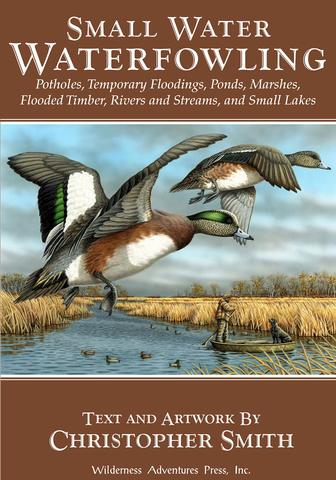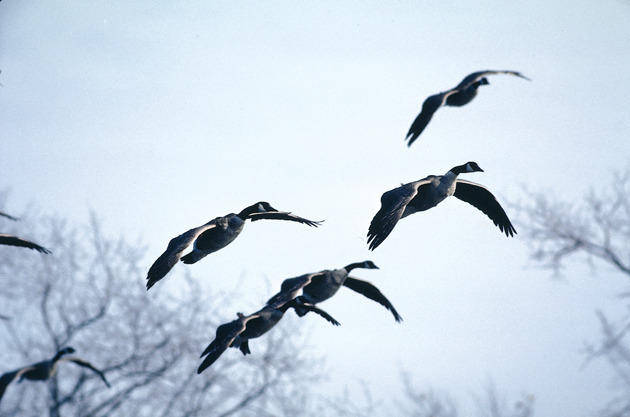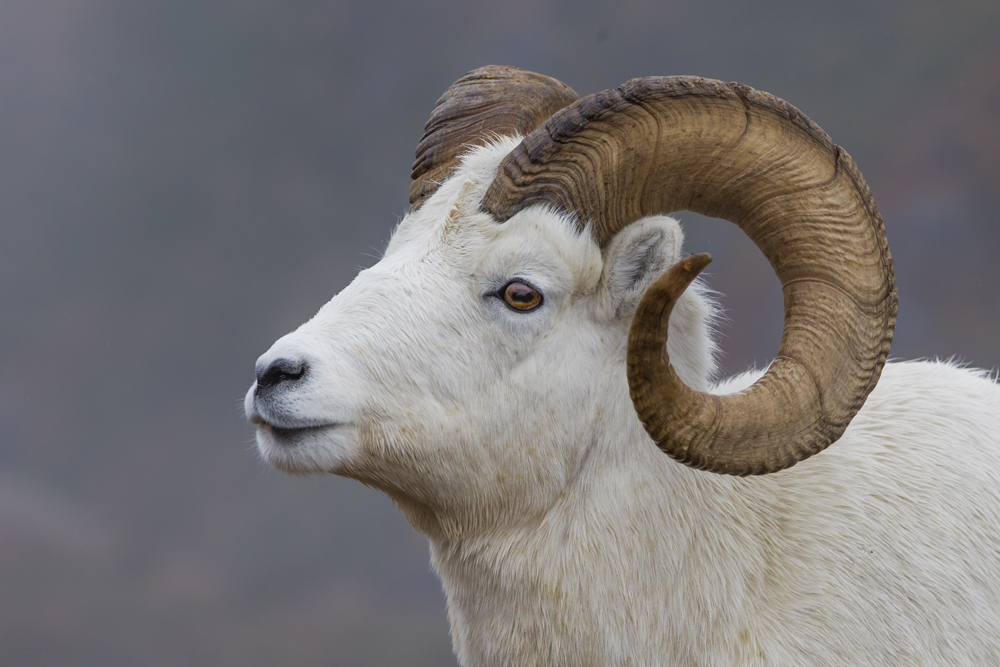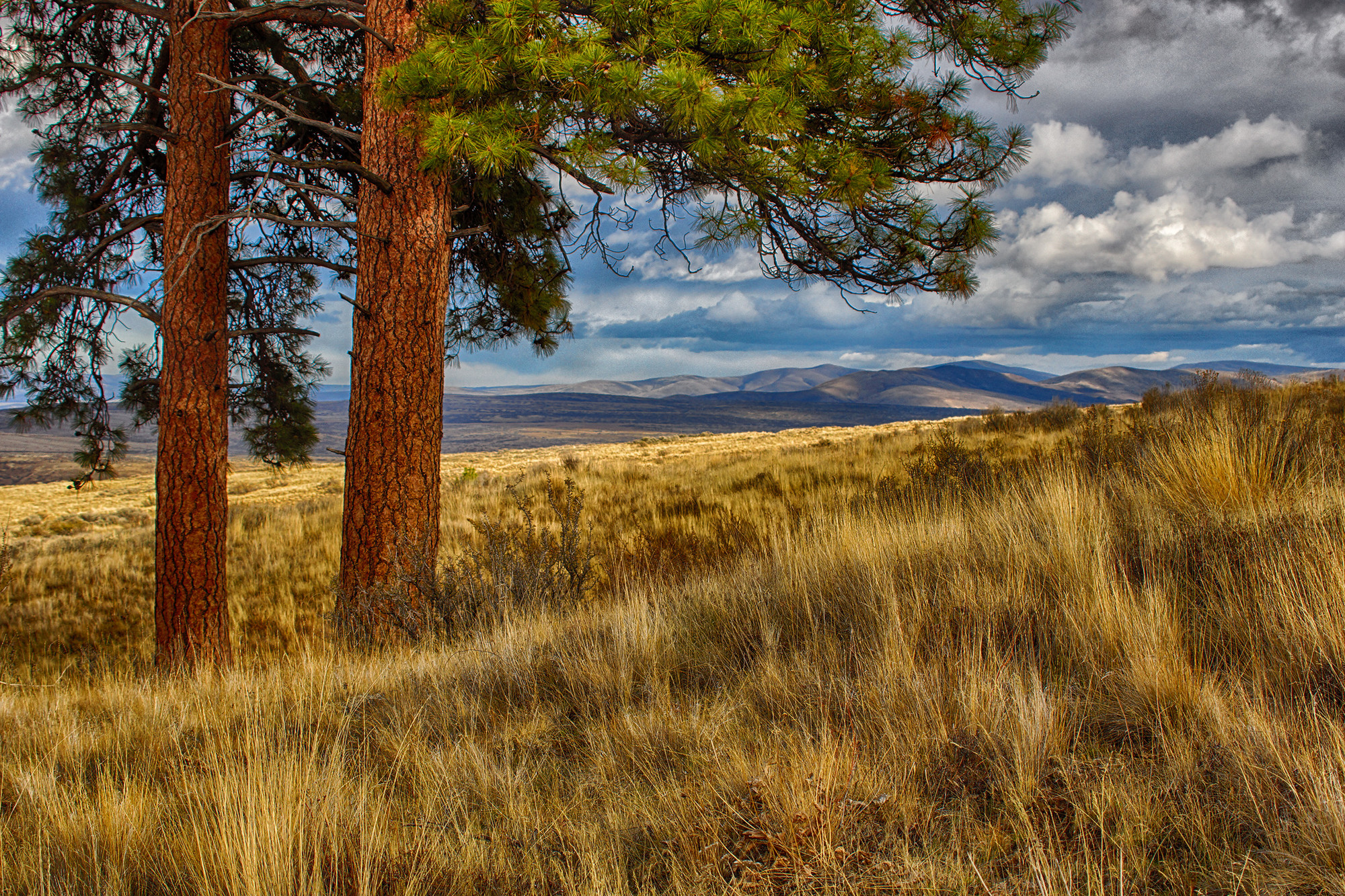They call this place Stoney Ridge Farm and I’m a guest of Porter Hopkins, by way of the Grand National Waterfowl Association.
The geese rise over the distant treeline, a great gray cloud, creating enough racket to make an OSHA man sweat and break out his ticket book. But OSHA can’t ticket Canada geese. They can’t ticket coon dogs, sled dogs or a wild hog when the catch dog gets ahold of his nether regions, either. Good thing. There’s a stiff northwest wind, it’s well below freezing and the OSHA man couldn’t sweat even if he wanted.
You can talk about cold, like that time in the Colorado high country when your spit crackled in midair. About how you threw a pike out the door of your Minnesota fish shanty and it didn’t even twitch when it hit the ice. When your handkerchief froze in your inside pocket when you were trying to sneak on a deer forty miles north of Moose Jaw. But let me tell you, there is nothing quite so cold as a morning on the Little Choptank River when the humidity hovers near one hundred percent and the wind blows the water white and black.
A windbreaker cannot break this wind, only slow it down. The sweater beneath becomes a sponge, ditto the shirt, long-johns, and skivvies, and the chill goes straight to the bone. The geese circle, spot the decoys, swing our way, and my trigger finger feels like it’s got a pair of pliers clamped to the end of it.
You can spook a goose without half trying. And if you spook one goose, you will surely spook them all. Something has spooked these into flight and they would just as soon be back in the corn and the riot of winter wheat springing amongst the stubble. A fox, another hunter, who knows? But we are trying not to spook them again. We have decoys and we have the wind and we’re between the birds and the Little Choptank. But they have at least a hundred sets of eyes. I hunker and shiver. The dog, an eager female Lab, hunkers and shivers, too.
You spook them, yes. You can twitch, you can blink, and the rising sun might ricochet off your glasses, but you can’t call a goose wrong. You can sound like everything from a dry axle, to a hanging brake, to the oboe section of the Slovak State Symphony moaning over a cut in pay, and it will always sound just like geese do.
Maybe you can’t call them wrong, but Jeff and Willie sure know how to call them right. Jeff takes the lead, gets a dozen notes into it, and then Willie picks it up in a glory of improvisation, heeka heeka, honk, honk, heeka. Thelonius Monk would have been mighty proud.
The decoys are a mixed lot of full bodies and silhouettes, computer generated images of stunning clarity on heavy pasteboard. Never smirk at decoys like this. The geese see them and when they get right over them, they can’t see them anymore. This jangles something in the mind of a goose. OK, they got X-ray vision, calendars and barometers and Global Positioning Satellite Systems, so you can forgive them this single fatal flaw. “Hey I saw it, then I didn’t see it, so it must be moving.” Goose logic. Something moving that looks like a goose must be a goose.
They cup their wings and hover above us, zero ground speed, and the great clamor of their calling fills the morning air. Oh OSHA, where art thou?
I’m a dozen miles from Cambridge, Dorchester County, Maryland, twelve thousand people and half a million geese, where you can look out any window in any direction and so long as it’s daylight, you will see geese drifting here and there along the horizon. This is the place you dream of hunting, where the Great Chesapeake scallops into the Eastern Shore, upwards of a thousand bays and creeks and rivers, a fine filigree of estuaries lacing fertile high ground.
They call this place Stoney Ridge Farm and I’m a guest of Porter Hopkins, by way of the Grand National Waterfowl Association. The Grand National, an annual event pushing twenty-five years, is sorta like a local DU with a national draw. They raise money for habitat, releasing birds and putting seed in the ground. They also invest in brain power, sending kids to college, ideally in the natural sciences. Thanks to them, a dozen or more Dorchester kids get on to higher education each year. Willie Pomeroy, my younger guide, is one. He’s Stoney Ridge Farm’s Second Chair goose flute.
Goose hunting in Maryland is a civilized pursuit. None of this get-yourself-drowned-at-five-A.M. business. Geese move late and you can too. Leave your hip boots home, linger over your pancakes and eggs, savor your coffee, ease out into the fields about sunrise. Yes, if you want to get the hell scared out of you, these Marylanders will happily oblige. They also hunt seaducks from little cockleshell layout boats, wind and weather be damned. But today I have no need for baptism and have already had the hell scared out of me more times that I’d care to remember. So I hunt geese instead.
Porter Hopkins, former state senator and current DNR board member, brought me to the blind this morning. Every inch a gentleman, Porter’s got a good-looking wife, a restored 1840s farmhouse, a rack of Winchester Model 12s, a barn full of wooden decoys and 170 acres on the Little Choptank. He rents the fields to a full-time farming neighbor and insists on crops and practices to benefit wildlife. Some sizable bucks hereabout and plenty of rabbits; Porter hunts both with a fierce dedication.
Porter and I have walked the same ground, maybe even shot over the same coveys, got fooled by the same swamp bucks, but we didn’t know each other back then. That was years ago on his grand-daddy’s land in South Carolina. I hunted just down the road, plantations called Whitehall, Auld Brass and Cherokee. We knew the same places, people and waters. Small world, and with those geese all over me and my gun coming up, I’m here to tell you it’s a good world, too.
It’s over almost before it even starts. I’m shooting a vintage Fox Sterlingworth twelve, choked full and fuller, a gun I have loved and battered from Argentina to Zambia. But that doesn’t matter right now, geese hanging like do-dads and bangles from a baby’s mobile. Suddenly I am a prisoner of goose logic myself, unable to see things the way they really are. If they are geese they must be moving, really moving. I fight the urge for a six-foot lead, pull three instead and my Bismuth twos tear a hole in the air.
The flock explodes in outraged alarm, scattering in all directions, mostly downwind. I get on the second bird with the second barrel and my lead is the same. This time the goose is doing what my brain expects a goose to do, and this time, my lead is true. A gander pinwheels to earth and hits with a dull thud.
More shooting from my right, another goose falling. People come to the Grand National from all over and Barbara Carlsberg has come the farthest, flying in to Annapolis from LAX. She shares my blind this frigid Maryland morning. Barbara is sixtyish and wears it well. She has a spread in Wyoming in the shadow of the Tetons. She lost her husband a few years back, stricken on a grouse hunt in Scotland. She never shot much when he was alive, but she took it up, got good at it and keeps gunning in his memory. Good girl.
Last time out of LAX, with a half case of California red safely padded in her shotgun case, it was goose logic all over again. It looked like a gun, but it wasn’t a gun. It looked like wine, but maybe it wasn’t wine. TSA had never seen such a thing, and harangued and inspected her predictably. So this time she flew with no wine and no gun.
There’s plenty of good wine hereabouts, guns too, but the only one she could come up with was a Beretta twenty-gauge auto, pretty enough, a DU presentation piece, all engraved with teal and woodies pitching into woodland ponds. Likely the first time it had been fired. The following day we’d be sharing another blind and she would hammer mallards with it, but now, stuffed with steel fours, it would be about like chucking gravel at those geese.
I was about as skeptical as I could be. I coached her about head shots and she must have listened, one of the few times a woman has ever done such a thing. I shot twice, missed once. Jeff and Willie were laboring over their calls and did not shoot at all. And two geese came tumbling down. The lab makes the retrieves and the birds are near-abouts as big as the dog.
But Barbara is cold, maybe colder than me. Hat down and collar up, about all you can see is nose and shooting glasses. So when Porter eases by a few minutes later to fetch us out some coffee, she climbs onto the ATV and goes looking for the wood stove. That leaves me and Willie and Jeff and the dog. We keep our eyes on the sky while I pelt them with questions, seasons, limits, species, tides, winds, Bay oysters and blue crabs, while the crump-crump of distant gunfire echoes up and down the shore. Jeff answers, Willie seconds his opinions but the dog does not say a thing.
And finally, the sun two handbreadths up the eastern sky, the frost steaming off corn stubble and greening wheat, we see what we have been waiting for—three lonesome stragglers—heeking and honking in over the trees. Jeff and Willie make their goose music and the birds swing our way. But they have likely already been shot at and they pass by, way out of range. Jeff and Willie won’t give up. Oh please, oh please, you can hear it in their calling.
It works. The geese circle out over the Little Choptank, ride the wind to take one last look at our spread. Goose logic, bad choice. I collect my second goose, my limit for the day. We case our guns, pause for a few quick photos, then go looking for Barbara Carlsberg and that woodstove.
Photo courtesy Chuck Wechsler.
From the Sept./Oct. 2006 issue of Sporting Classics.
 The North Atlantic, the Great Lakes, the Gulf Coast, the waves and the wind and the ducks — there’s no doubt that big water holds a lure for waterfowlers unlike any other.
The North Atlantic, the Great Lakes, the Gulf Coast, the waves and the wind and the ducks — there’s no doubt that big water holds a lure for waterfowlers unlike any other.
But when it comes to actually shooting ducks and geese over water, the action is on the small places — the inland lakes, the ponds and potholes, the floodings and creeks and backwaters. Day in and day out, that’s where the ducks are, and that’s where Chris Smith takes you.
However, each of these places requires a separate technique, alternate decoys spreads and calling concepts, and different gear to use. He tells you how to approach each type of hunting for the weather and conditions. He knows when and when not to call. He describes the skills a good waterfowl dog needs to know for each place, things he’s taught his succession of Labrador retrievers over the years. Buy Now




